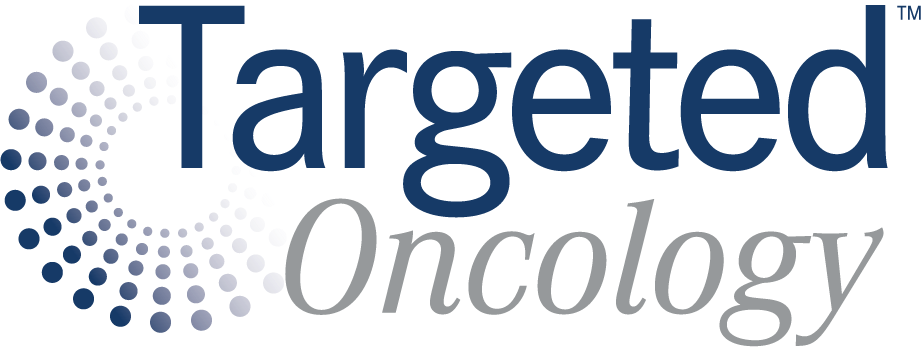Promising Trials Expand Approaches Across Multiple Myeloma Settings
John M. Burke, MD, highlights findings from the AQUILA, DREAMM 7, and MajesTEC-5 trials in multiple myeloma.
John M. Burke, MD
Hematologist and Medical Oncologist
Rocky Mountain Cancer Centers
Associate Chair U
S Oncology Hematology
Research Program
Aurora, CO

HAVING DISCUSSED IMPORTANT lymphoma and chronic lymphocytic leukemia abstracts from the 66th American Society of Hematology Annual Meeting and Exposition (ASH 2024) in San Diego, California, in my previous column, I’ve decided to turn my attention to multiple myeloma (MM) in this one.
The AQUILA trial (NCT03301220) focuses on smoldering MM (SMM; not active MM). In this trial, patients with high-risk SMM were randomly assigned to undergo active monitoring or to receive up to 3 years of daratumumab (Darzalex) subcutaneously. Daratumumab significantly improved progression-free survival (PFS) compared with the active monitoring group (5-year PFS rate, 63.1% vs 40.8%). A PFS benefit was seen in all risk groups, though the benefit was highest in the high-risk group. The 5-year overall survival was 93% in the daratumumab group vs 86.9% in the active monitoring group.
With watchful waiting a standard approach, I am struggling to decide how to apply the AQUILA data to my practice. What I plan to do is discuss the results with my patients with SMM and allow them to decide based on their values, because I suspect the “right” answer may be different for different people.
In the DREAMM 7 trial (NCT04246047), patients with relapsed MM received belantamab mafodotin (Blenrep) plus bortezomib (Velcade) and dexamethasone (BVd) or daratumumab plus bortezomib and dexamethasone (DVd). After a median follow-up of 39 months, the estimated 3-year overall survival was 74% in the BVd group vs 60% in the DVd group. Ocular toxicities remain a concern, and approximately 10% of patients discontinued therapy due to them. It will be interesting to see whether physicians and patients will be willing to risk ocular toxicities for the survival benefit.
Finally, in the MajesTEC-5 trial (NCT05695508), patients with newly diagnosed MM were treated with teclistamab (Tecvayli) with either daratumumab, lenalidomide (Revlimid), and dexamethasone or the same plus bortezomib. Results showed that 35 of 36 patients who completed the first 3 treatment cycles achieved undetectable minimal residual disease. These promising results underscore the potential of teclistamab-based regimens as effective induction therapies…not to mention make me wonder about the necessity of adding stem cell transplantation after such a powerful induction regimen.









